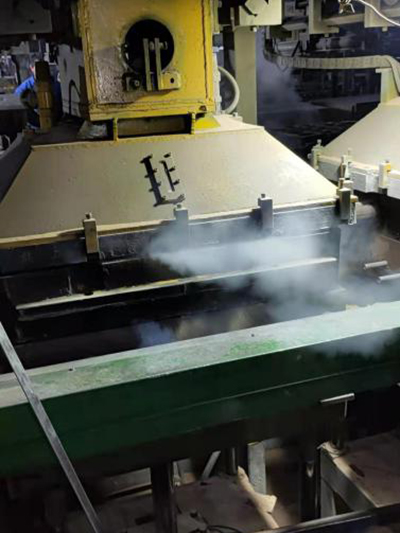Can You Sand a 3D Print? Understanding the Process and Benefits
3D printing has revolutionized the way we create objects, allowing for unparalleled customization and rapid prototyping. However, one common question that arises among makers and hobbyists is whether and how to sand a 3D print. The answer is not only yes—you absolutely can sand a 3D print—but it also comes with a variety of techniques and outcomes that can greatly enhance the quality of your final product. In this article, we will explore the reasons for sanding, the methods involved, and tips for achieving a smooth finish.
Why Sand a 3D Print?
Sanding is often employed to improve the aesthetic and functional quality of 3D printed objects. Here are some reasons why you might consider sanding
1. Surface Smoothness 3D prints, particularly those made from Fused Deposition Modeling (FDM) technology, can exhibit visible layer lines and rough textures. Sanding helps to create a smoother surface, which is especially important for aesthetic items, prototypes, or components that must fit together tightly.
2. Paint Adhesion If you intend to paint your 3D print, sanding is essential. A smoother surface allows paint to adhere better, resulting in a more uniform application and a professional finish.
3. Fit and Tolerance Adjustments In some cases, sanding may be necessary to fine-tune the dimensions of a printed part, especially if parts need to mate or fit together with precision.
4. Removal of Artifacts Sometimes, supports or rafts used during the printing process may leave marks or rough areas. Sanding can help remove these artifacts to achieve a cleaner look.
How to Sand a 3D Print
The sanding process can vary based on the material used for printing and the required finish. Here’s a general step-by-step guide
1. Choose the Right Tools Select a variety of sandpaper grits ranging from coarse (around 80-120 grit) to fine (up to 400-600 grit). You might also opt for sanding sponges or finger sanding tools for difficult areas.
can you sand a 3d print

2. Start with Coarse Grit Begin by using the coarser grit sandpaper to knock down the biggest imperfections and layer lines. Be gentle, and avoid applying too much pressure that could deform the print.
3. Move to Finer Grits After smoothing the surface with coarser paper, gradually transition to finer grits. This process helps to refine the surface quality further and eliminate any scratches left by the previous grit.
4. Use Water or Lubricants For certain materials like PLA, using water or a sanding lubricant can help reduce dust and prevent overheating. It can also help achieve a better finish.
5. Clean Between Steps After sanding with each grit, make sure to clean off the dust before proceeding to the next finer grit. This can be done using a soft brush or a cloth.
6. Inspect and Finalize After completing the sanding process, thoroughly inspect your print. If necessary, you can repeat the sanding or move on to priming and painting.
Additional Considerations
While sanding can greatly enhance the appearance and functionality of 3D printed items, there are a few key considerations to keep in mind
- Material Type Different materials behave differently when sanded. For instance, sanding ABS may require different techniques compared to PLA due to the varying properties of the plastics.
- Safety Precautions Wear a mask and safety goggles while sanding to protect yourself from dust particles that may be harmful if inhaled.
- Polishing and Finishing After sanding, consider applying a suitable finish such as paint, lacquer, or resin to further improve the appearance and durability of your print.
In conclusion, sanding a 3D print is not only feasible but also a highly beneficial process that can transform a rough print into a beautifully finished product. By following the right techniques and taking care to adapt your approach to the specific material you are working with, you can achieve impressive results, elevating the quality of your 3D print to new heights. Whether you are an amateur or a seasoned professional, mastering the art of sanding will undoubtedly enhance your 3D printing projects.
Post time:डिसेंबर . 21, 2024 11:01
Next:resin bound sand
